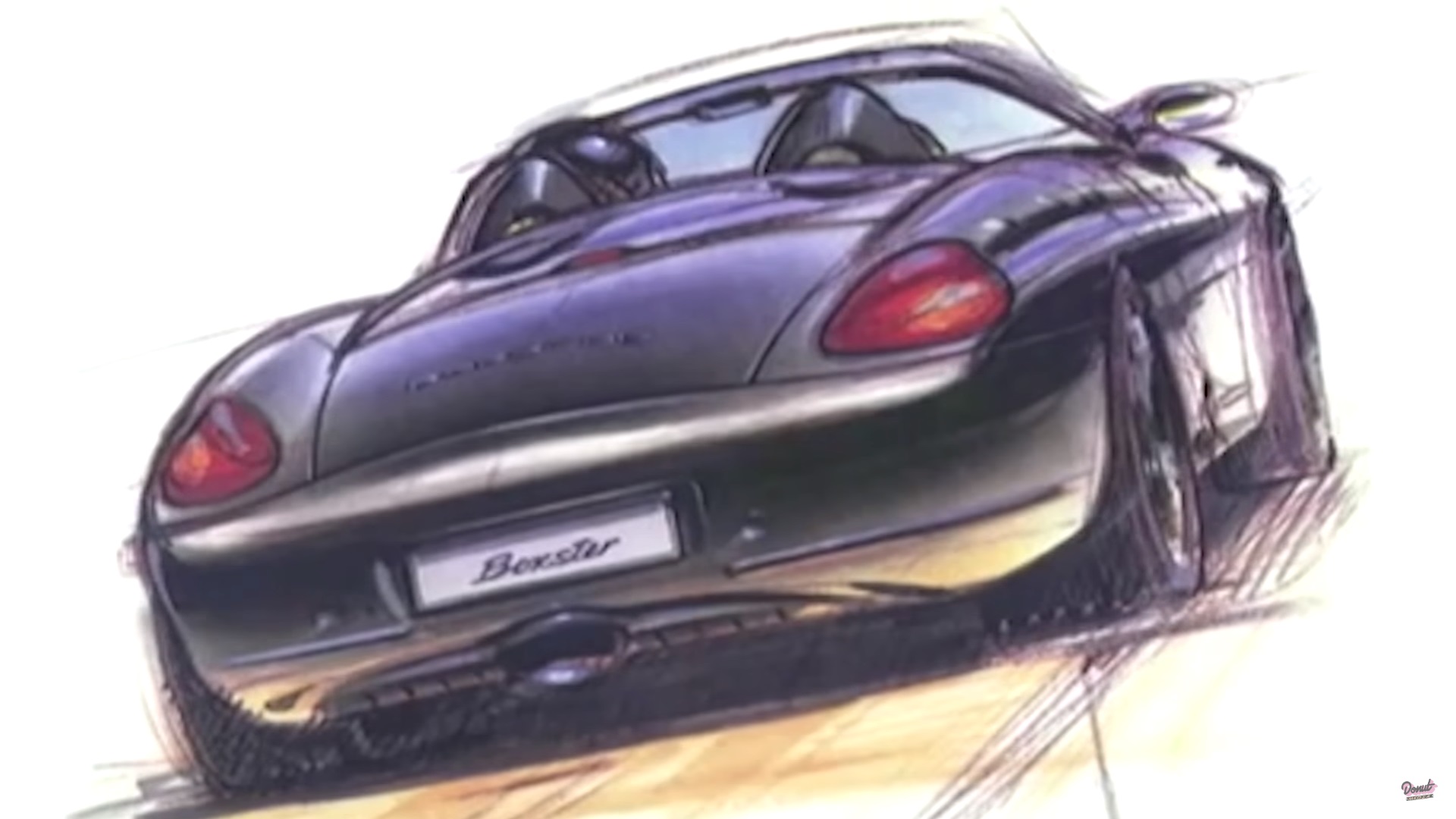


There are some Porsche fans who would argue that the Boxster isn’t a ‘real Porsche’ or that it’s not manly enough for them to drive. You should probably just cut those kinds of people out of your life, because you don’t need that kind of negativity. The Boxster is one of the greatest cars ever made, and not only that, the 986 Boxster’s success helped pull Porsche out of the doldrums of early 1990s poor sales. During the economic boom of the late 90s, however, Porsche’s new watercooled mid-engine model sold well above expectations. Perhaps even more so than the Cayenne, Porsche’s Boxster was the biggest success the brand could ever have hoped for.
If you still have not experienced the joys of Boxster ownership, you really need to step behind the wheel. The best of the breed is the 981 Boxster Spyder with a huge engine, gobs of power and torque, and the best manual transmission this side of an MX-5. The top is a little fiddly, but it’s a cool conversation piece. We regularly drive a 1997 model with a 2.5 liter and a 5-speed. Even that car is a joy to drive, with crisp handling even two decades and 160,000 miles later. The 2.5 liter engine isn’t exactly full of power, but it makes an amazing sound when it revs above 5000 RPM.
While Porsche has been on an upward sales swing basically since the late 90s, now selling far more cars in one year than they ever could have hoped in the late 1980s, there were about three questionable decades for the company that we all love so dearly. The 986 was a big win for Porsche, and they’ve been rolling on that success ever since. So, how is it, exactly, that Mazda and Toyota influenced this German sports car, and why was it built (initially at least) in Finland? Thanks to Donut Media, we have the full story laid out in technicolor clarity.